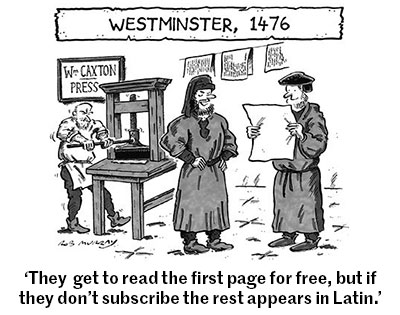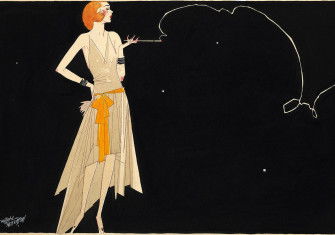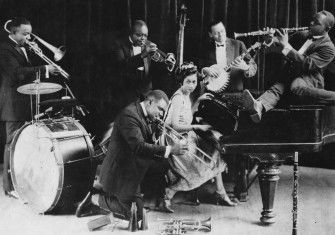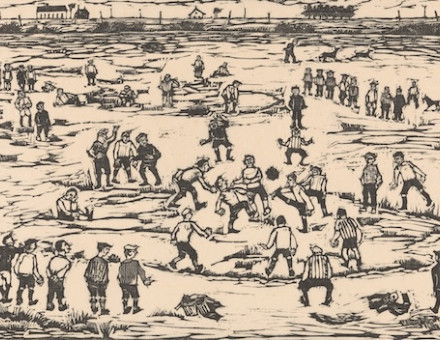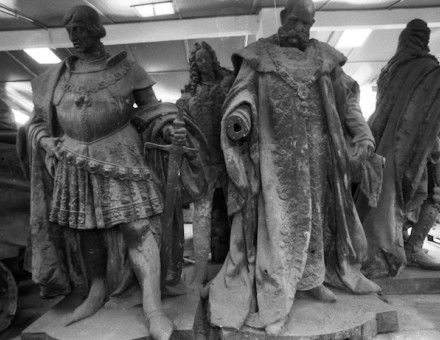From Music Hall to Moulin Rouge: A History of the Can-Can
Behind the frothing petticoats and high kicks of this most Parisian of dances, the history of the can-can is a story of Anglo-French exchange.
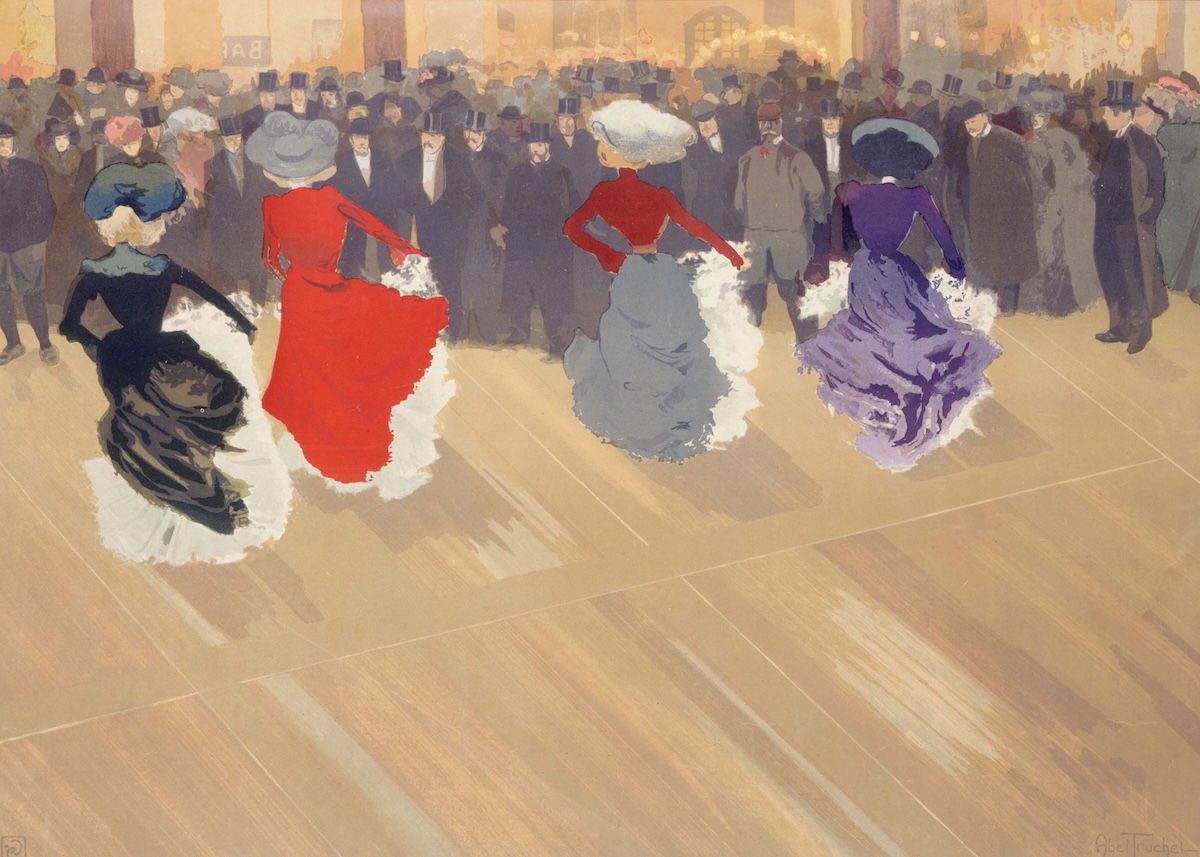
On the evening of 8 October 1870, the Metropolitan Police sent two undercover officers to sit among the audience at the Alhambra, a music hall on Leicester Square, in the heart of London’s theatre district. For two years, the Lord Chamberlain and magistrates responsible for maintaining decency and public order in and around the capital’s theatres had been receiving complaints. A new kind of dance, lately arrived from Franc,e was outraging some members of the public with its ‘lewd antics and lascivious movements’. Superintendent Dunlop of C Division bought two tickets and ordered Inspector J.E. Perry and Sergeant John Pope to find out what was going on.
If the report they submitted later is anything to go by, they did not have a good time:



